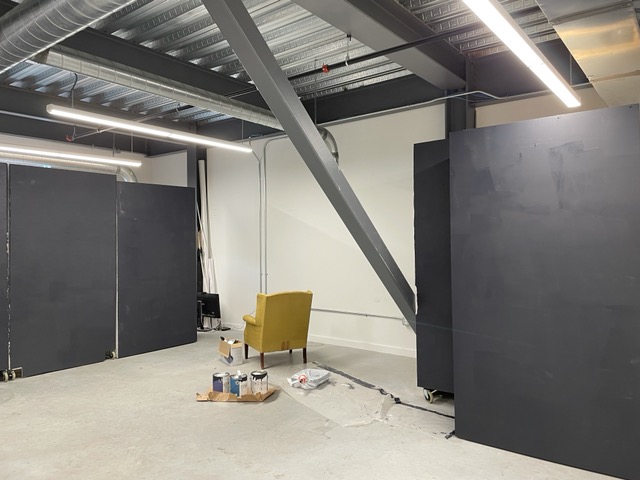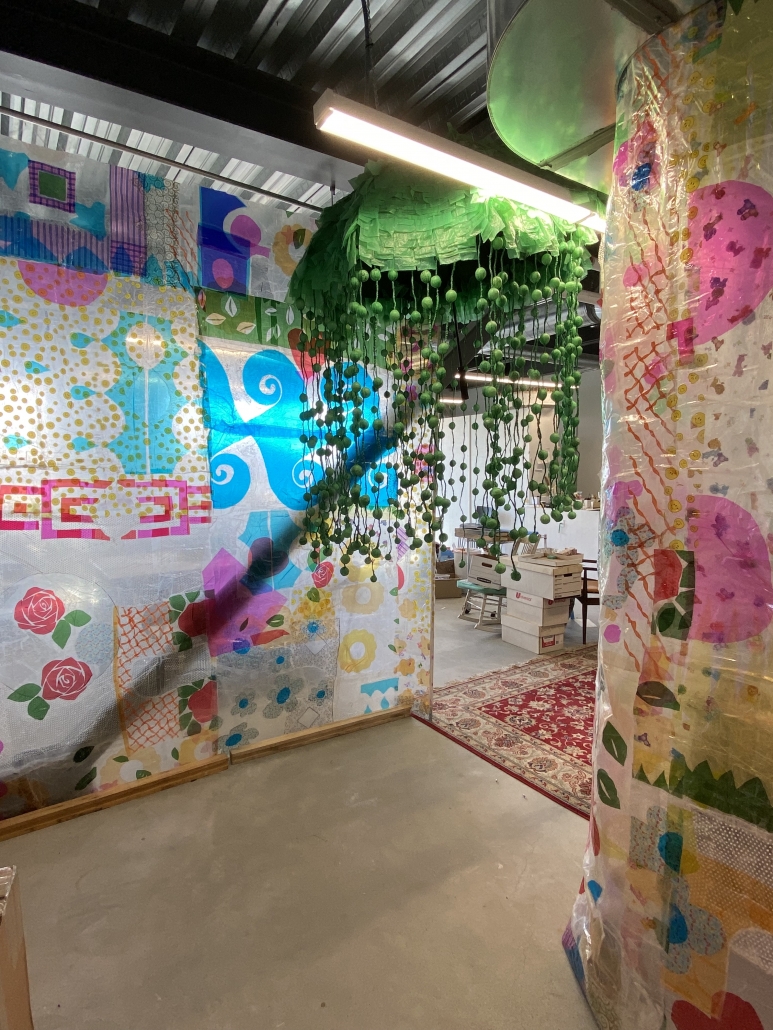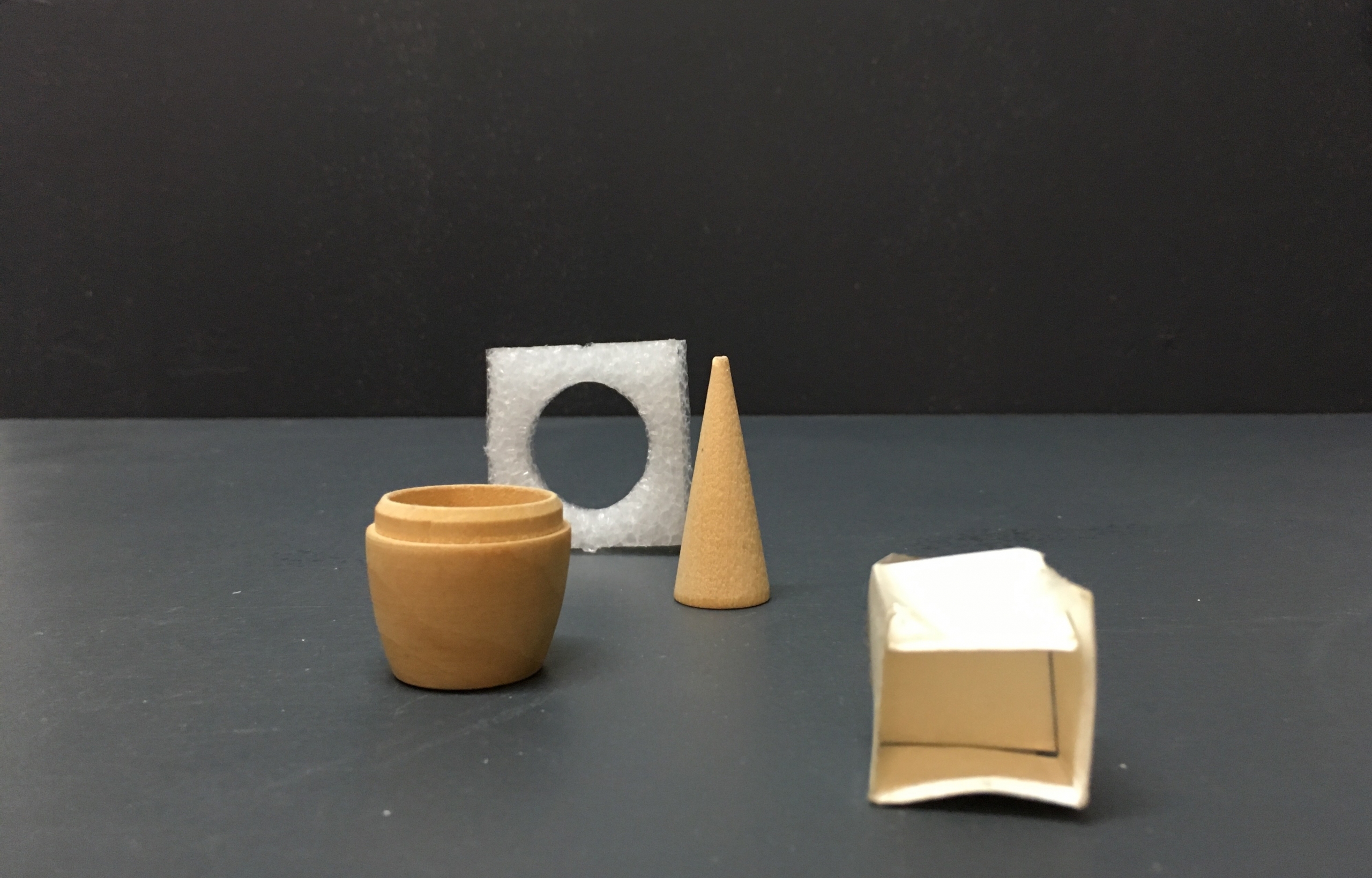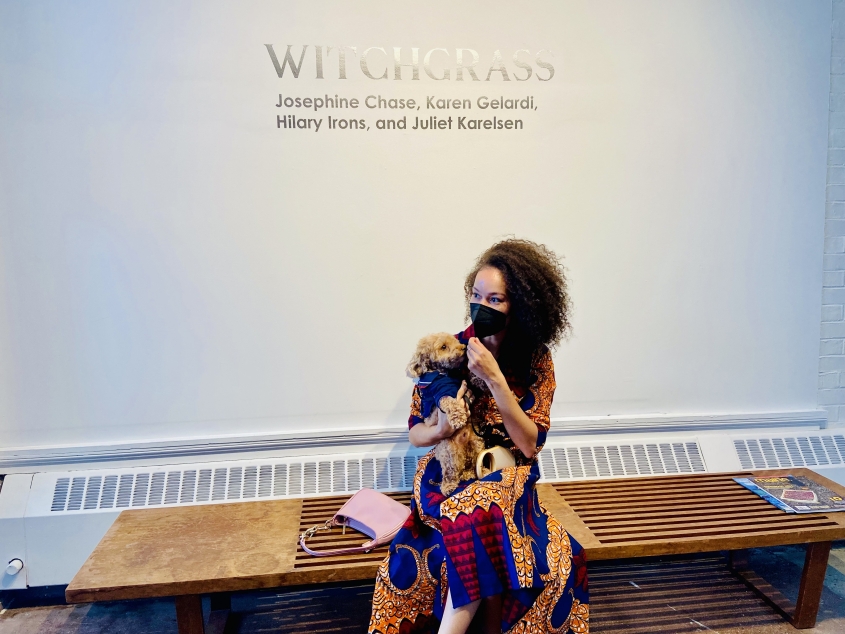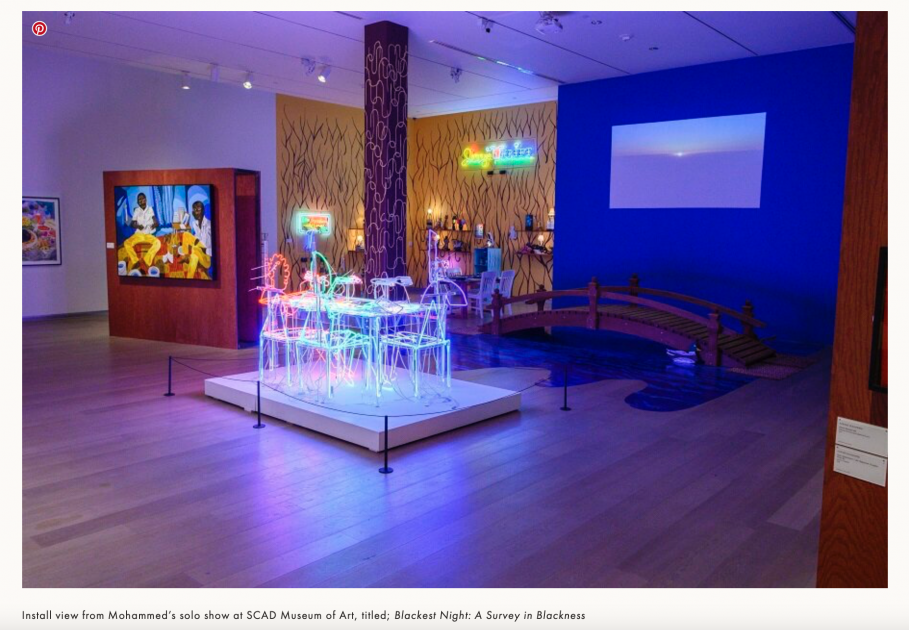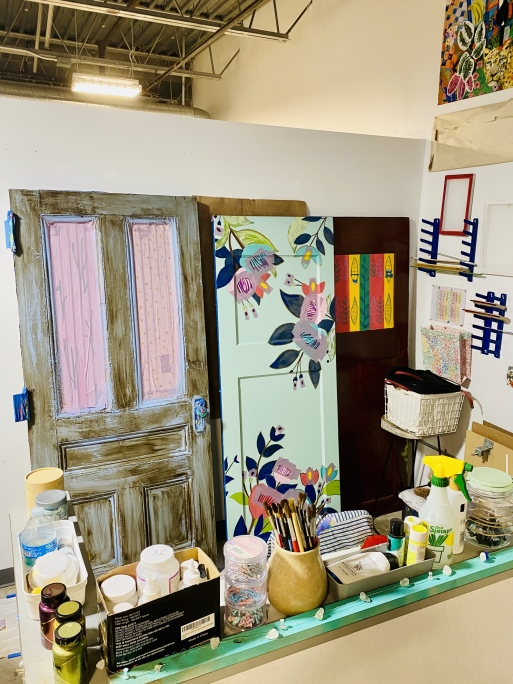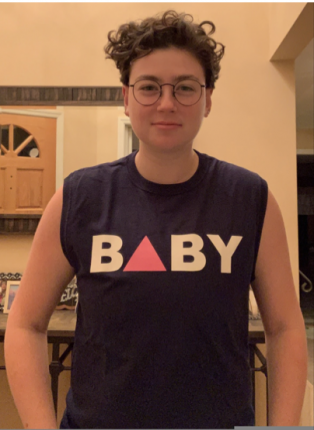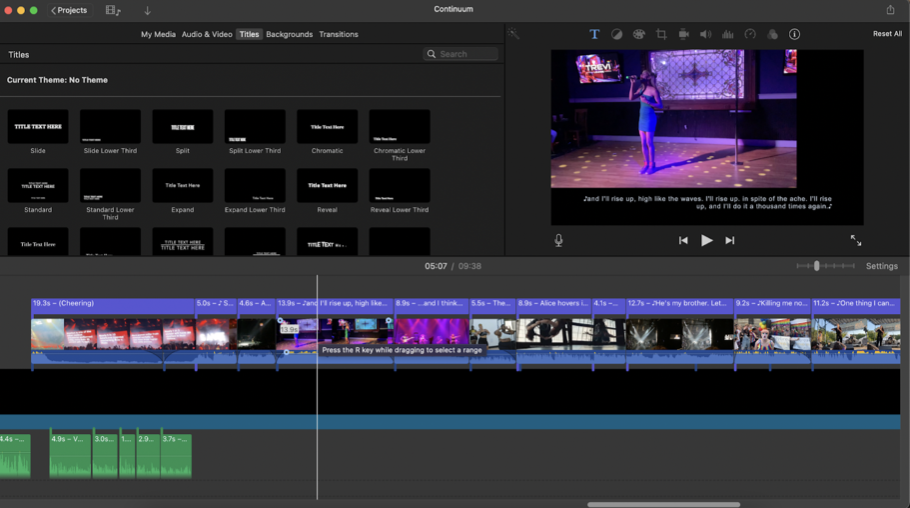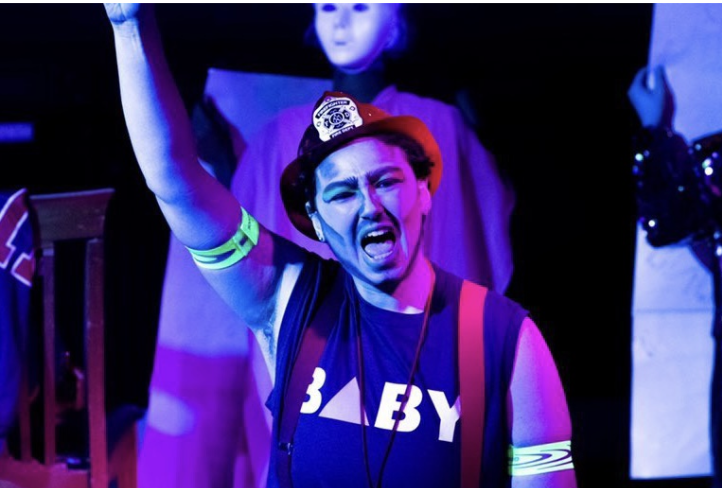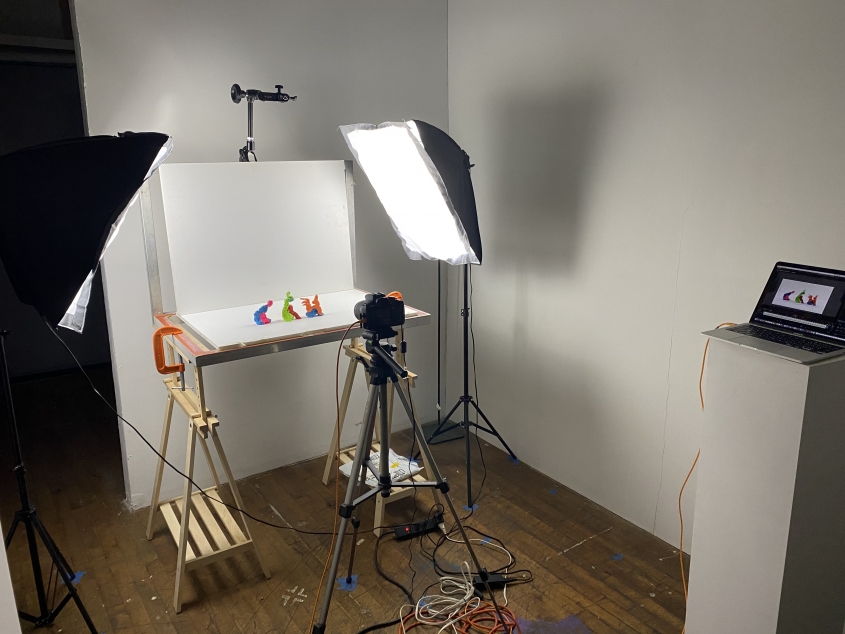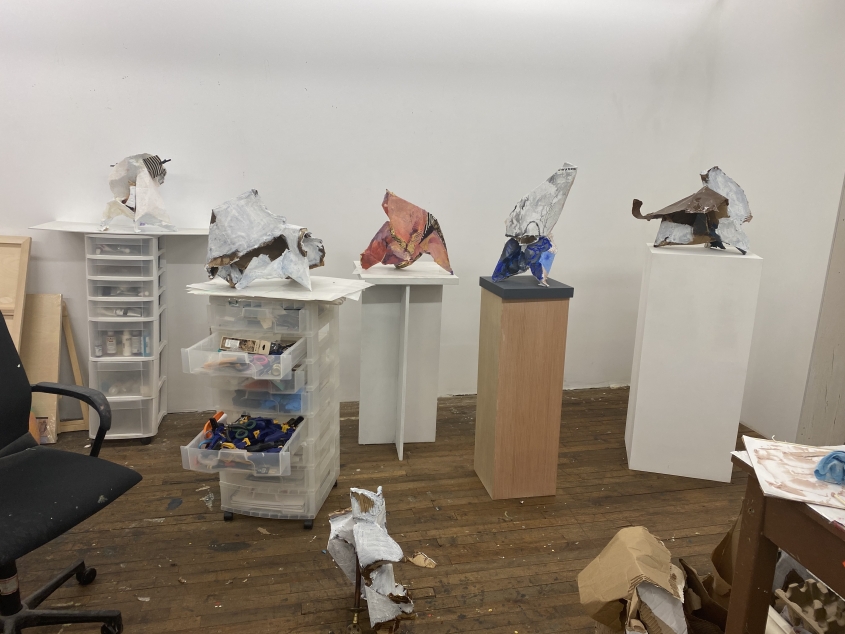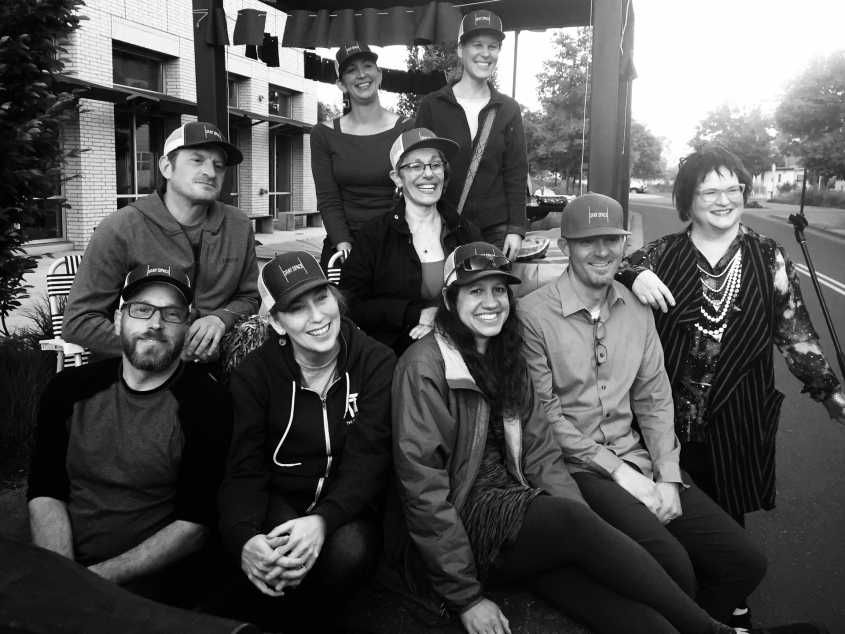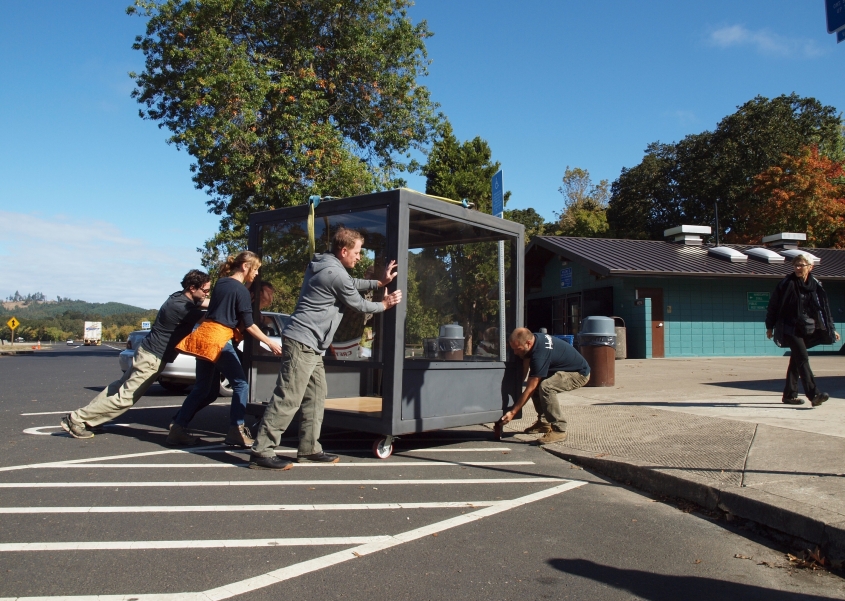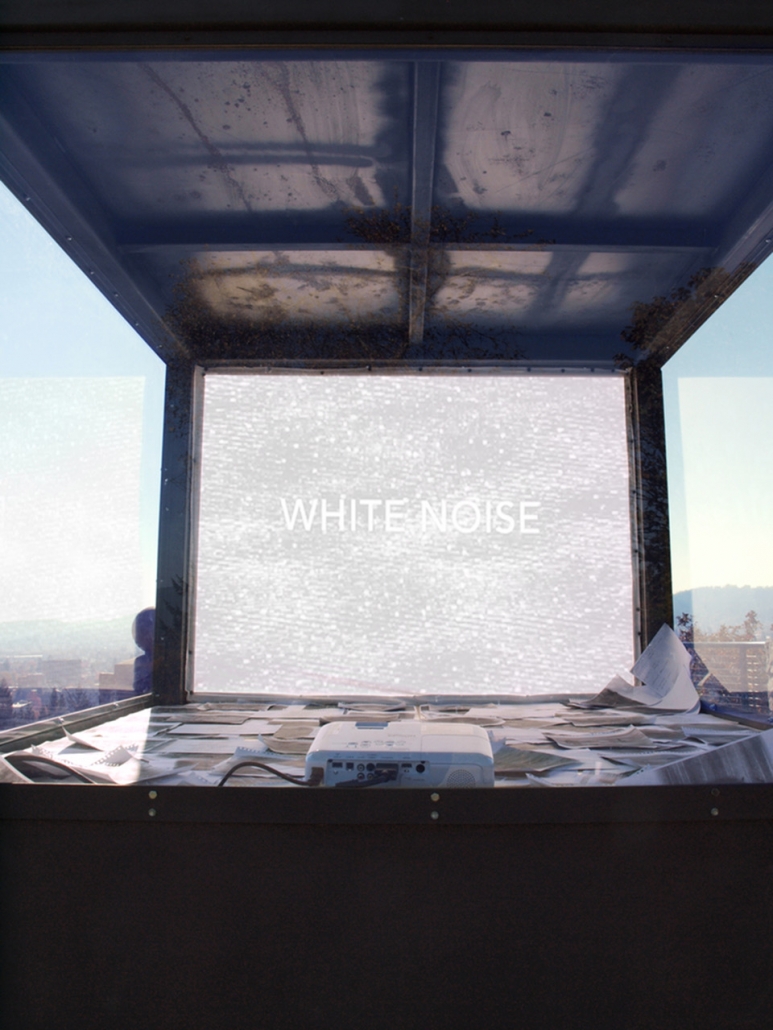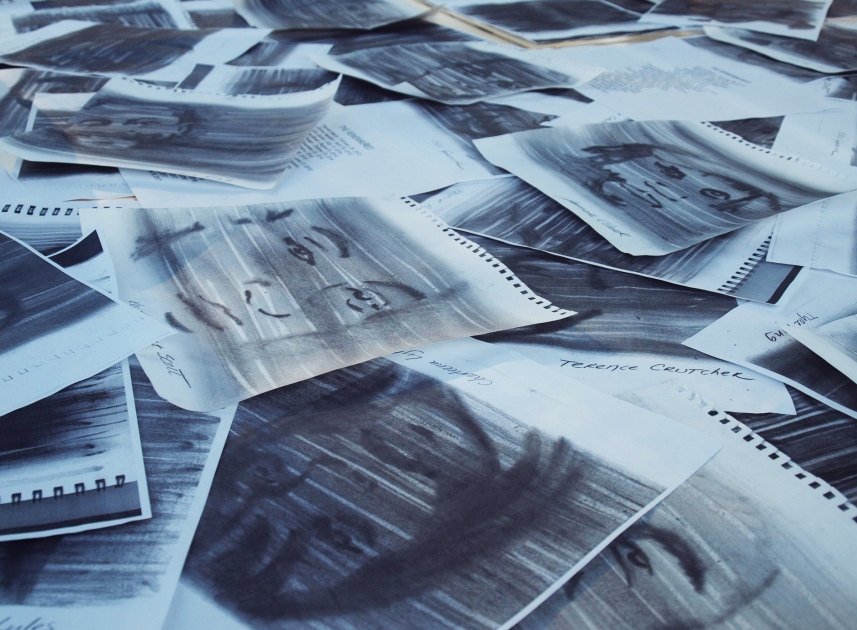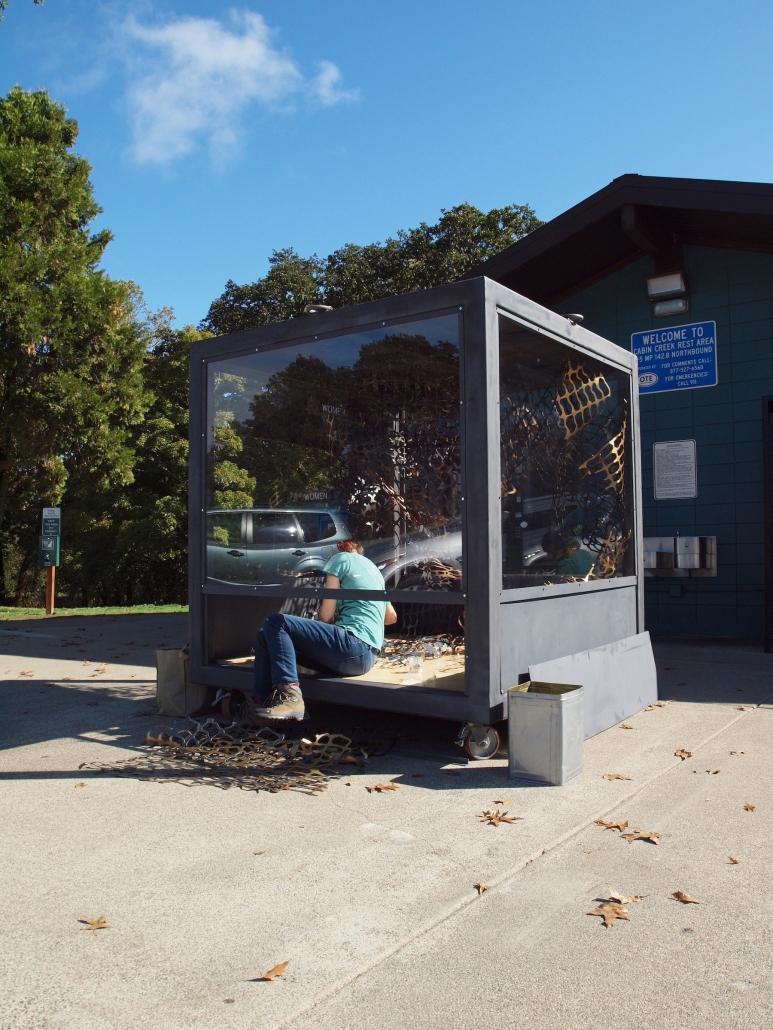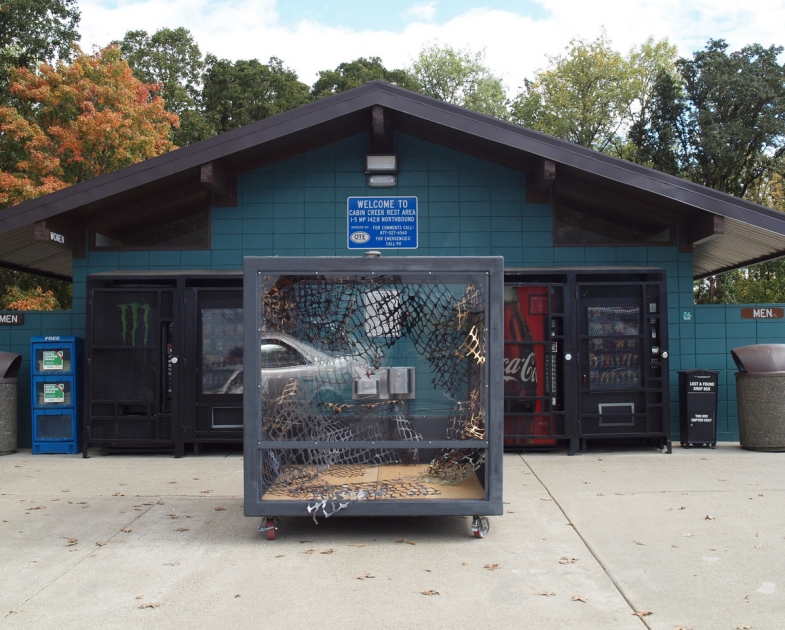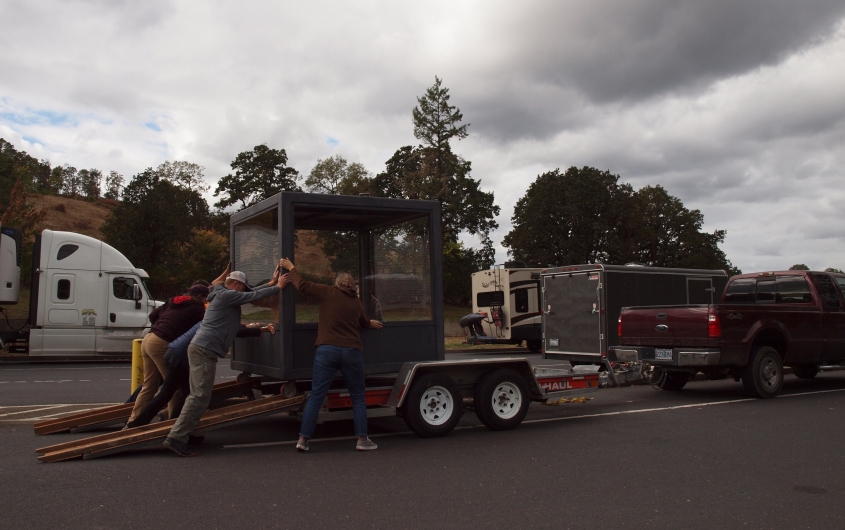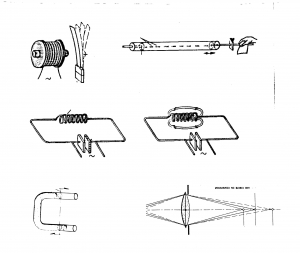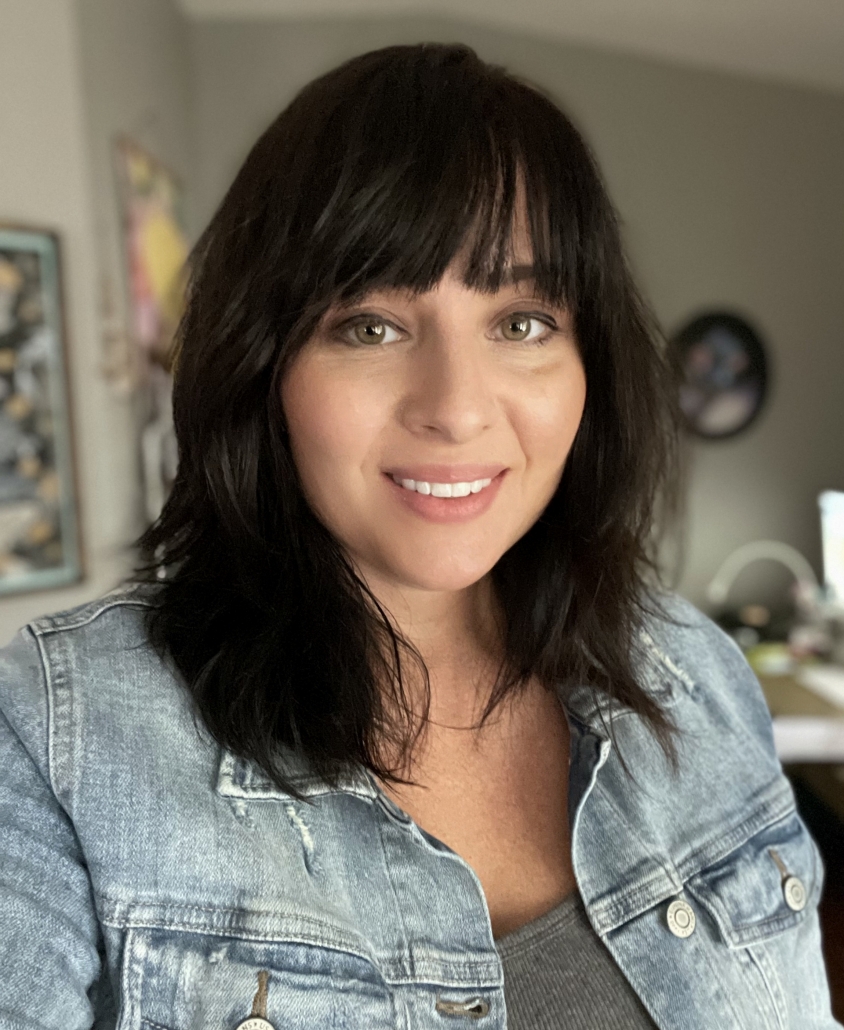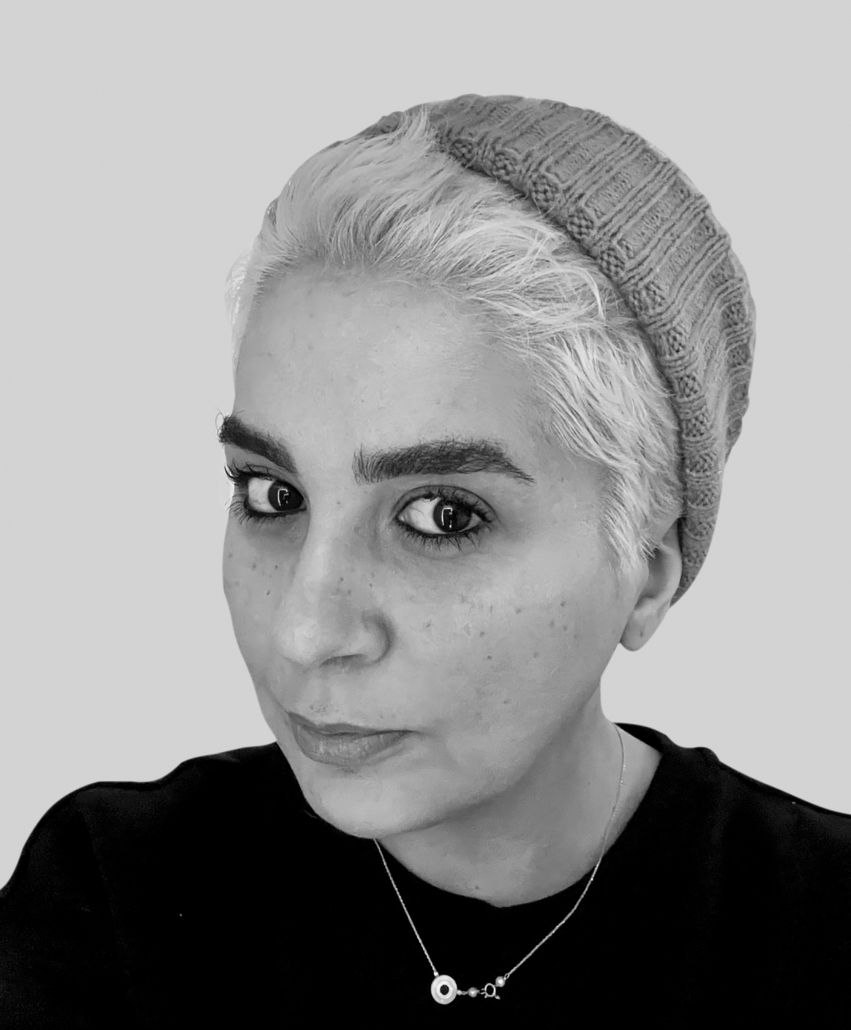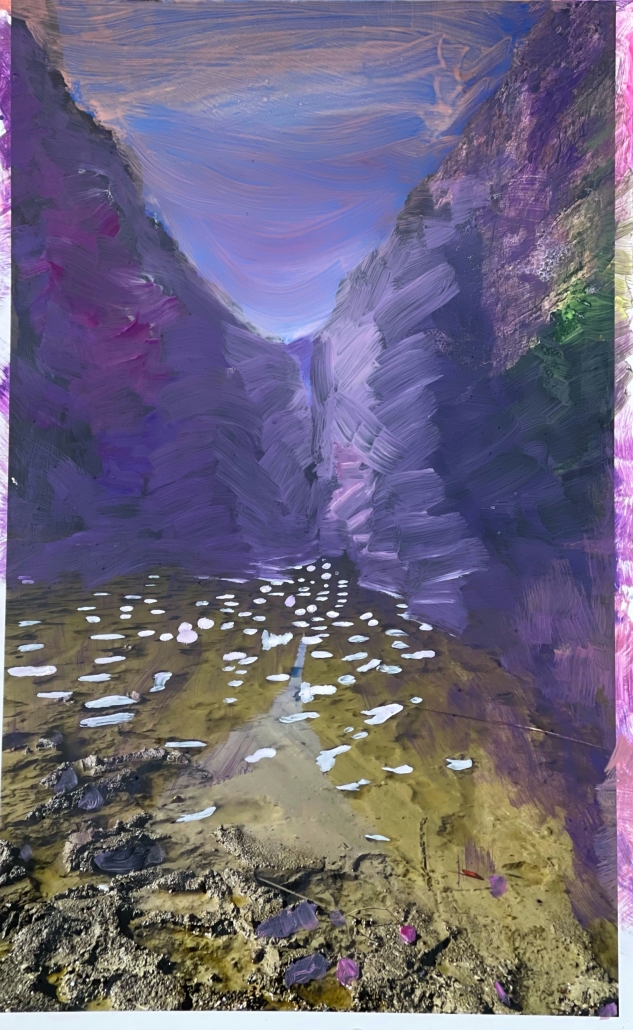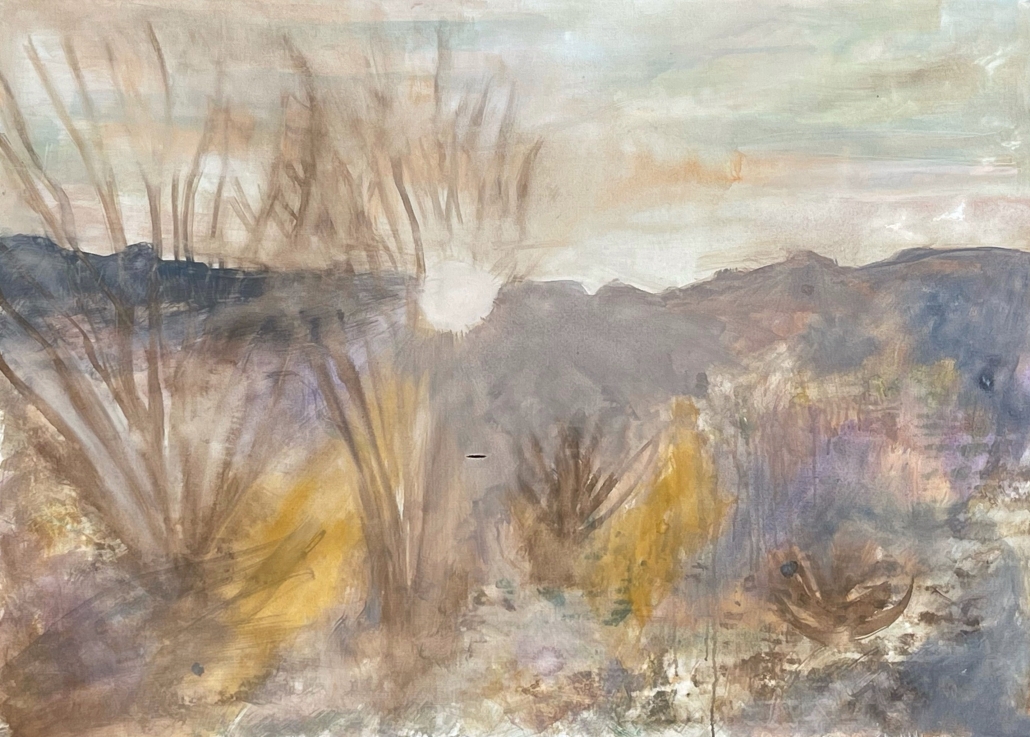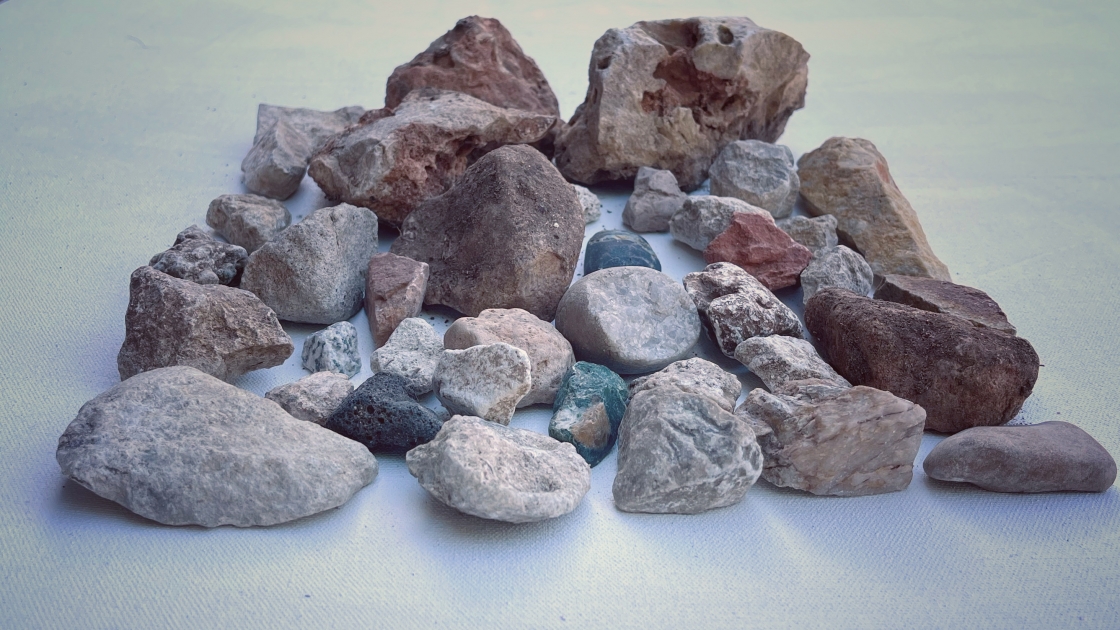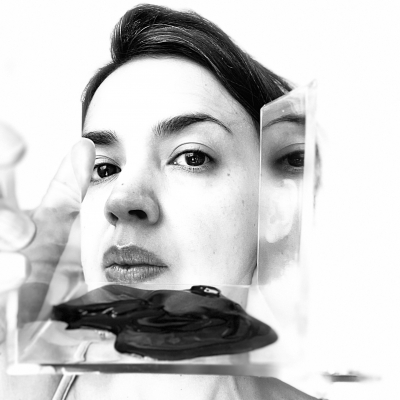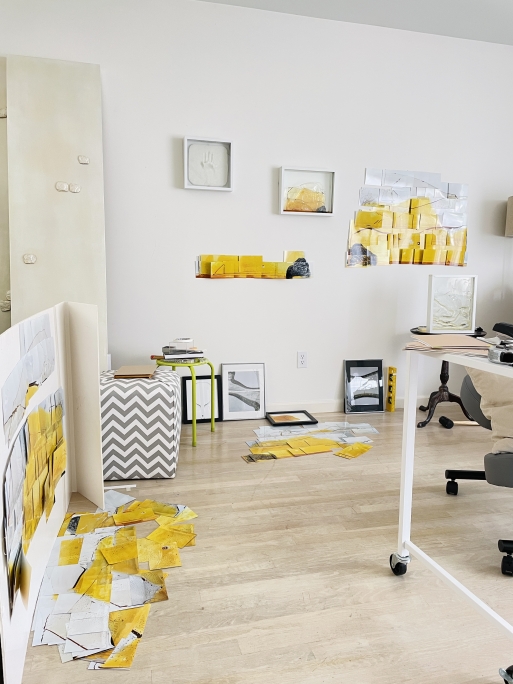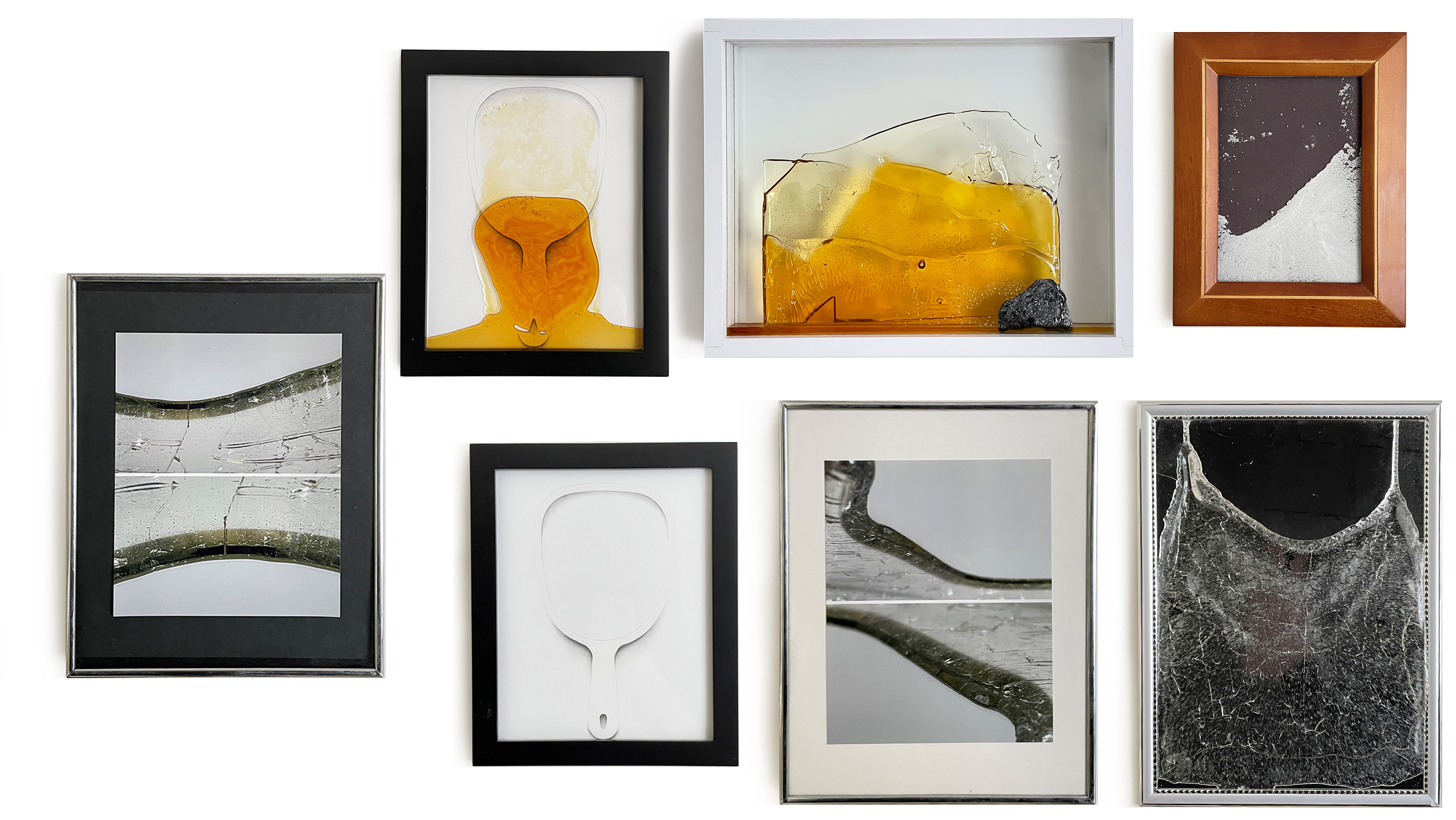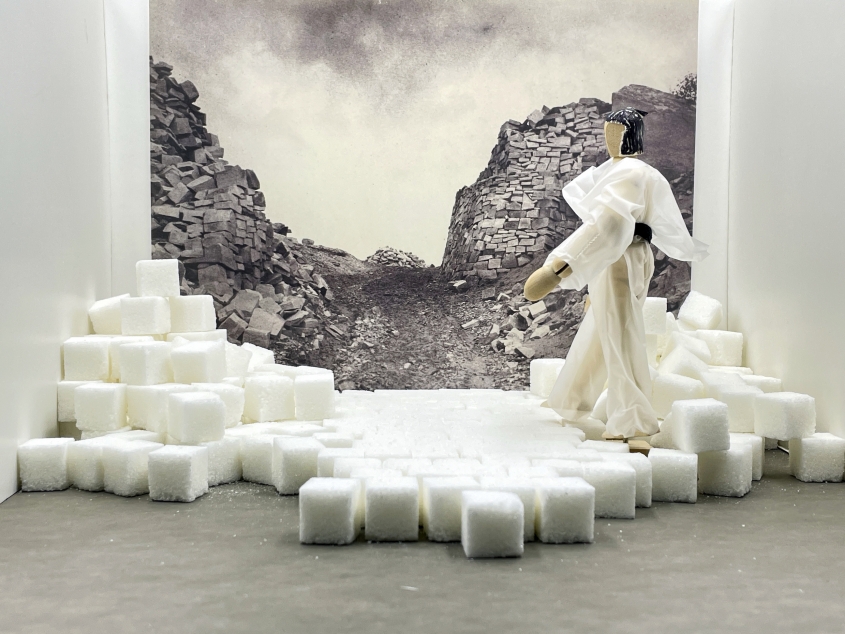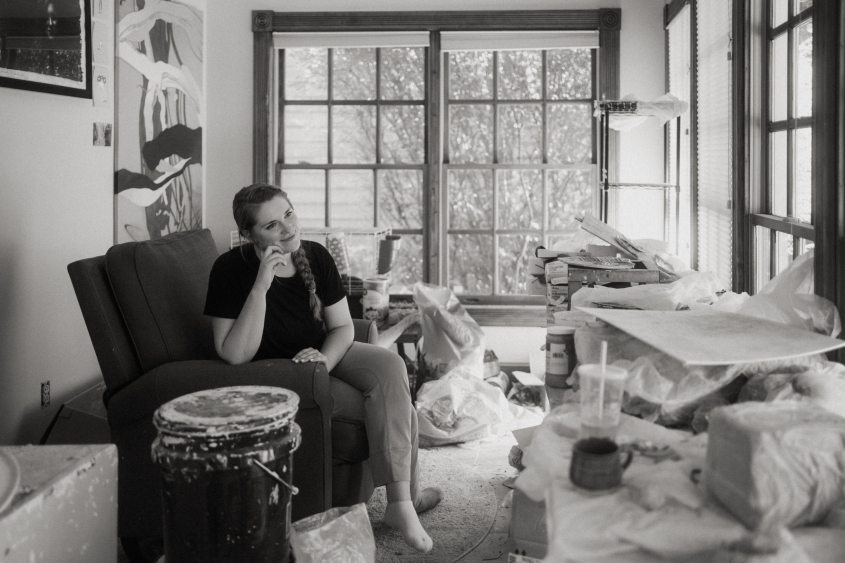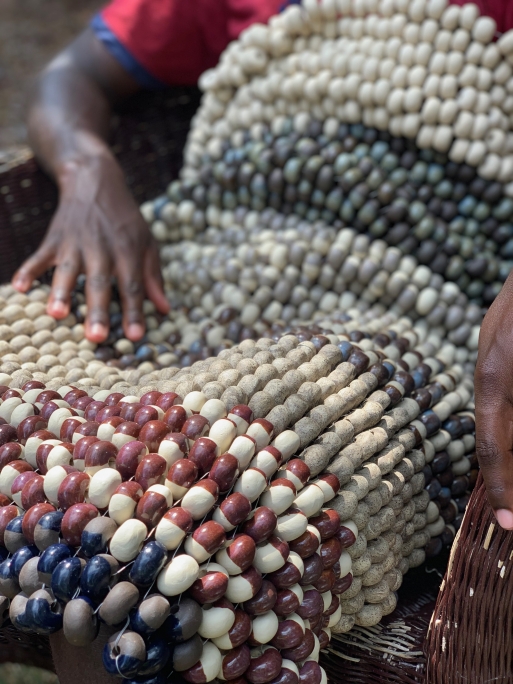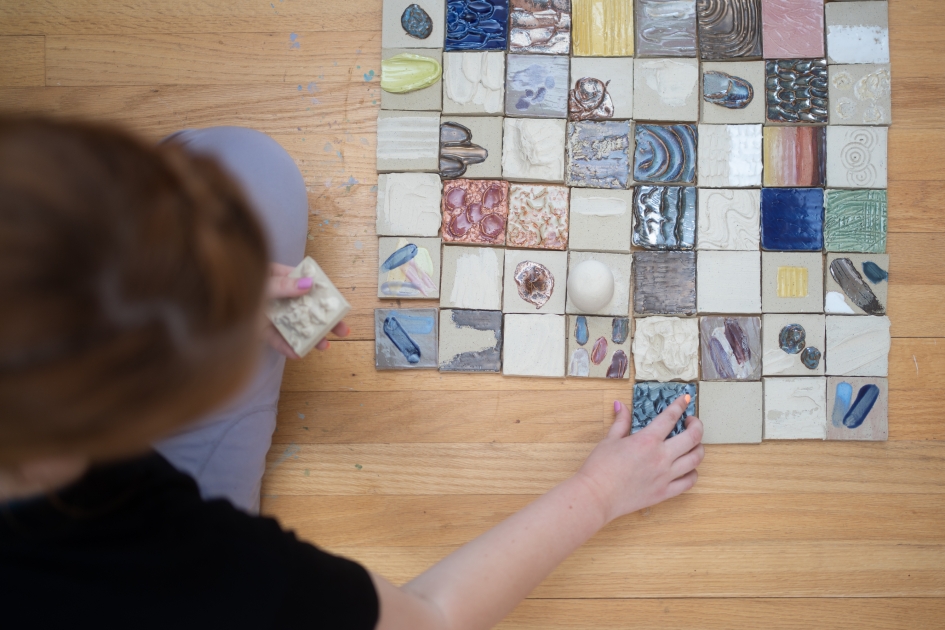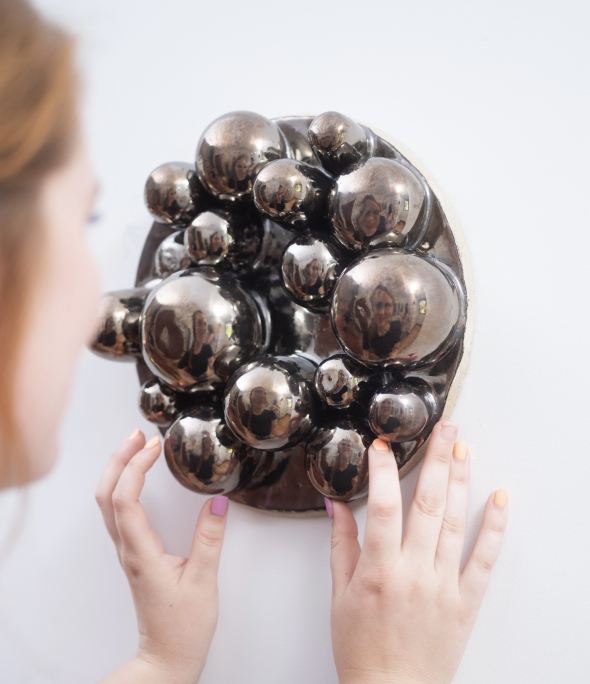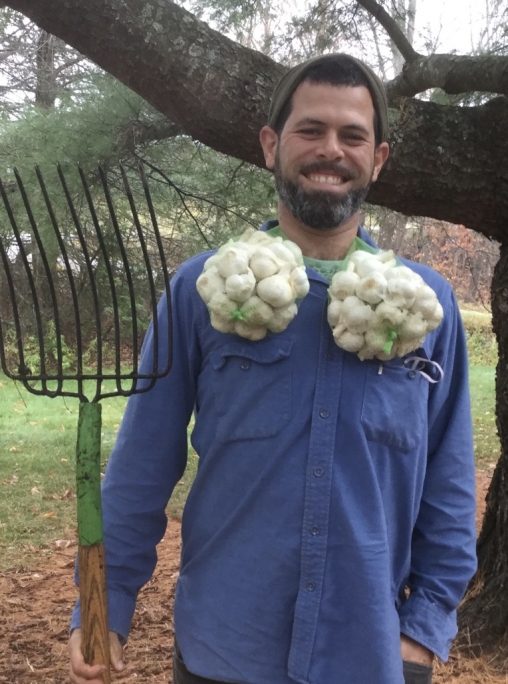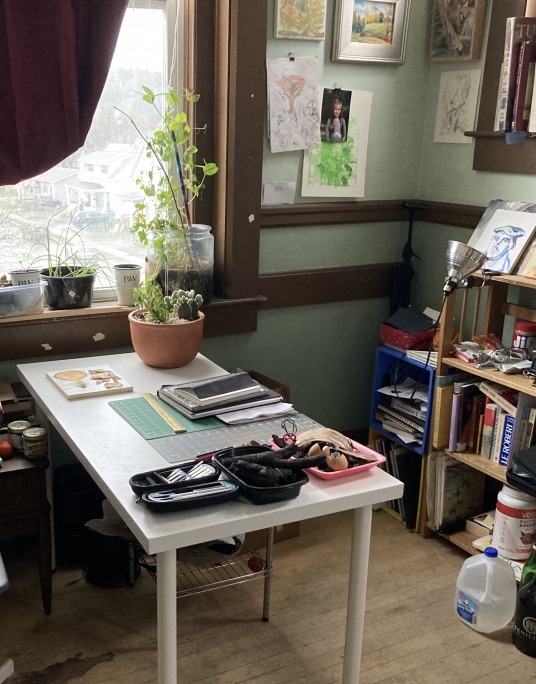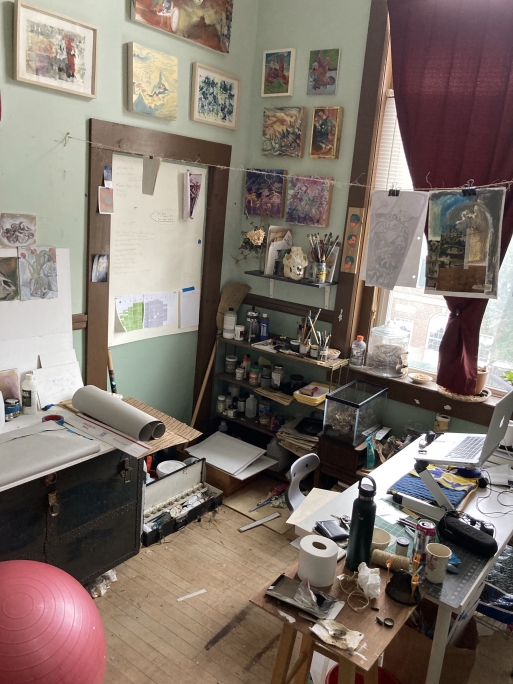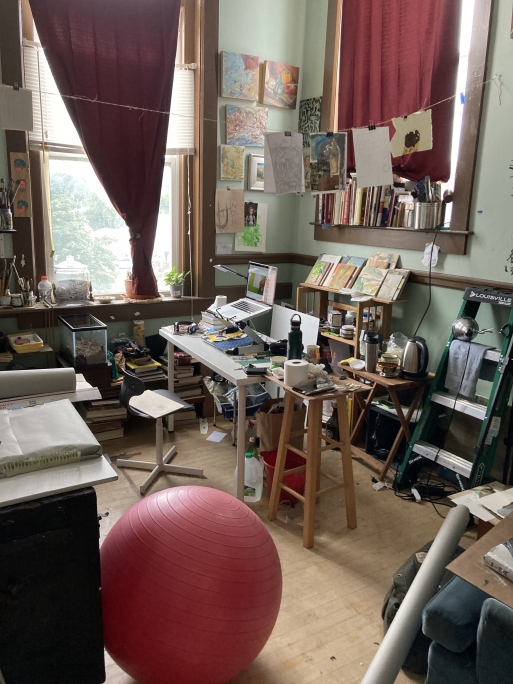hip – hip!
getting to know the graduates
Graduating Student: Josephine Chase (S 22)
My work, both in conception and execution, is a heartfelt love letter to the ancestors of my theological and genetic make-up, built in reverence and gratitude to every street light that lit an overgrown garden. Through both an interior and exterior art installation, I hope the fluid nature of that art conception, for the viewer, extends beyond the gallery.
Who, or what is your work in conversation with?
I find my work most at home with other thinkers and makers focused on the experiences of contemporary Black experience in art and visual language. I enjoy work that rests neither fully in critique or celebration, but deftly defies monolithic translation by prioritizing storytelling itself as a medium of generational care.
I am forever inspired by the installations of Azikiwe Mohammed, an artist who understands the vignette of the home as this rich material for material exploration, with such a generous thought to the space for the viewer to also wonder and contribute to that projected vision.
How did VCFA change your approach to thinking about your studio practice and your community at home?
It cemented a professional practice as an artist in which I developed a strong partnership with my studio and research, as well as language, to facilitate a generative exchange of interdisciplinary approaches to visual culture.
What was on your play list during your time at VCFA?
1st semester: “Baby Powder” – Jenevieve
2nd semester: “Wild Irish Roses” – Smino
3rd semester: “Craziest Things” – Babeheaven
4th semester: “Isn’t It Lovely” – Genevva
Who are your favorite protagonists in fiction?
Holly Golightly – Breakfast at Tiffany’s: A Short Novel and Three Stories by Truman Capote
Nyasha – Mufaro’s Beautiful Daughters by John Steptoe.
What, or who, should you like to be – if not yourself?
Perhaps a future matriarch in my family. I would like to stay in the energy of my tribe through several reincarnation cycles if possible. ♽
What is your favorite bird?
Hummingbirds, they’ve got the moves!
Where do you live?
Vermont, USA
Contact
